Eco cooling – sustainable air conditioning for your home
Discover eco cooling options – the greenest ways to keep your home from over-heating
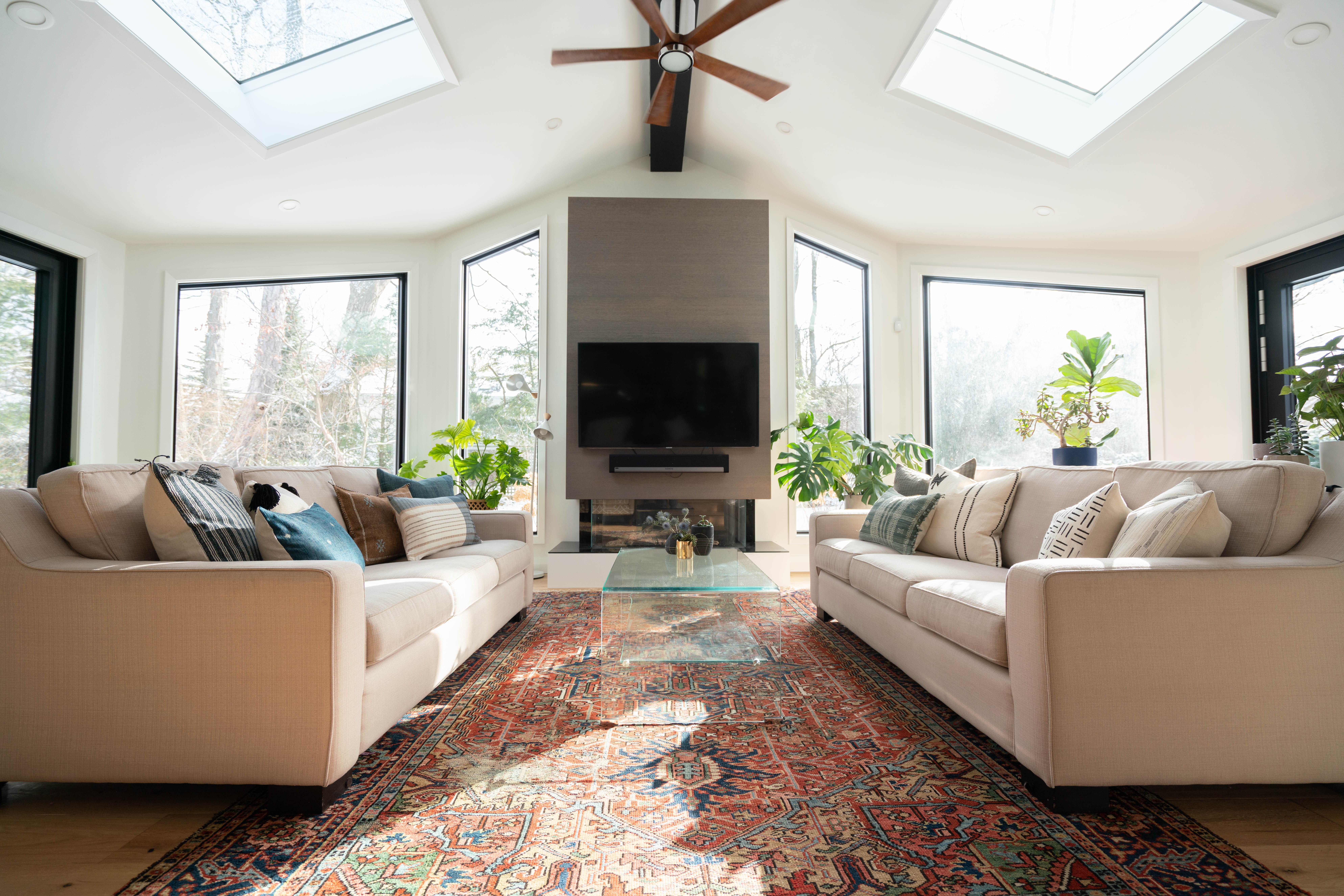

Kaitlin Madden
Looking for eco cooling solutions? Keeping your home at the right temperature can be an energy-intensive process, and not as eco friendly as you’d like it to be, nor as kind on your pocket.
Air conditioners are a popular way to cool your home, and there are modern versions that can keep interiors at a pleasant temperature with less energy use. But there are plenty of other eco home improvements, too, that could help you go greener without sacrificing comfort.
Bear in mind that there are measures you should take to keep the heat out of your home before you decide on the most eco-friendly cooling option. ‘Typically, sealing and insulating attics, basement walls and floors (ie, above unheated spaces, such as a garage or crawl space), and around exterior windows, doors and walls are the most critical points,’ says Steve Dunn, Technology Manager for Home Performance with Energy Star. ‘Homeowners can also reducing cooling load through use of exterior shading and window attachments, such as shades, blinds, solar screens and applied solar films.’
Take a look at the eco cooling options available in our guide.
Eco cooling options for your home
From solar panels to geo-thermal heating, there are all sorts of ways to make your home more energy efficient these days. Your home's cooling system requires major energy usage, so it's an important consideration when making green home improvements. These energy-saving and efficient cooling ideas will help.
1. Improve the eco credentials of your air conditioner
Some three quarters of all homes in the US have air conditioners, according to Energy Saver, the office of the US Department of Energy that provides energy efficiency and renewable energy information to consumers. In turn, these units are costing homeowners a total of about $29 billion annually, the office says.
‘While there is no specific age for when a system should be replaced, the typical lifespan of residential air conditioning systems is between 15 and 20 years; systems in extreme climates, however, may have lifespans closer to 10 years,’ says Steve Dunn. Swapping from an older air conditioner to a modern high efficiency unit with the Energy Star label can reduce energy use and save money. The endorsement shows products meet strict energy efficiency guidelines set by the US Environmental Protection Agency.
Bear in mind that a central air conditioner requires a blower motor and that’s generally part of a furnace. For the air conditioner to attain its rated efficiency it should not be connected to an older furnace – especially one over 15 years old – and blower motor. In other words, for a greener home, replace the heating system, too.
Room air conditioners, meanwhile, should always be properly sized to avoid wasting energy. You can work out which room air conditioner is needed with the Energy Star step by step guide.
Regular maintenance of an air conditioner is essential to keep it functioning efficiently. The filter should be cleaned or replaced routinely to keep energy consumption down. The evaporator coil should also be checked every year, and cleaned as necessary. Drain channels will benefit from a having a stiff wire passed through them to prevent them clogging up. And if the fins on evaporator and condenser coils become bent, get a fin comb to restore them.
Live in a humid climate? ‘Efficiently providing cooling in humid climates involves much of the same strategies as other regions, but with emphasis on humidity and moisture control in the home,’ says Steve Dunn.
‘In very humid climates, the air conditioner alone may not be able to remove enough latent heat to keep relative humidity below 60 per cent,’ he explains. ‘In such cases, supplemental dehumidification and humidity controls can be added to the HVAC system.’
2. Invest in the right window coverings
You know what they say: an ounce of prevention is worth a pound of cure.
Instead of spending energy (and money) cooling your overheated home, take measures to reduce how hot your home gets in the first place. The right window treatments, like cellular shades, solar shades, and even drapery can help reduce the amount of heat that comes through the windows of your home, thus reducing cooling needs.
'To block the sun’s heat and glare, but maintain a view to the outdoors, consider solar shades,' says Julia Dorn, Executive Director-New Product Development, at Graber, a window treatment company that makes solar shades, among other products. 'They are specially engineered to allow a view through the fabric while protecting from the sun, including the UV rays that can damage flooring and furniture.'
Window treatments can also supplement eco heating options in the winter, too, acting as an extra layer of insulation to trap more heat in your home.
3. Boost ventilation
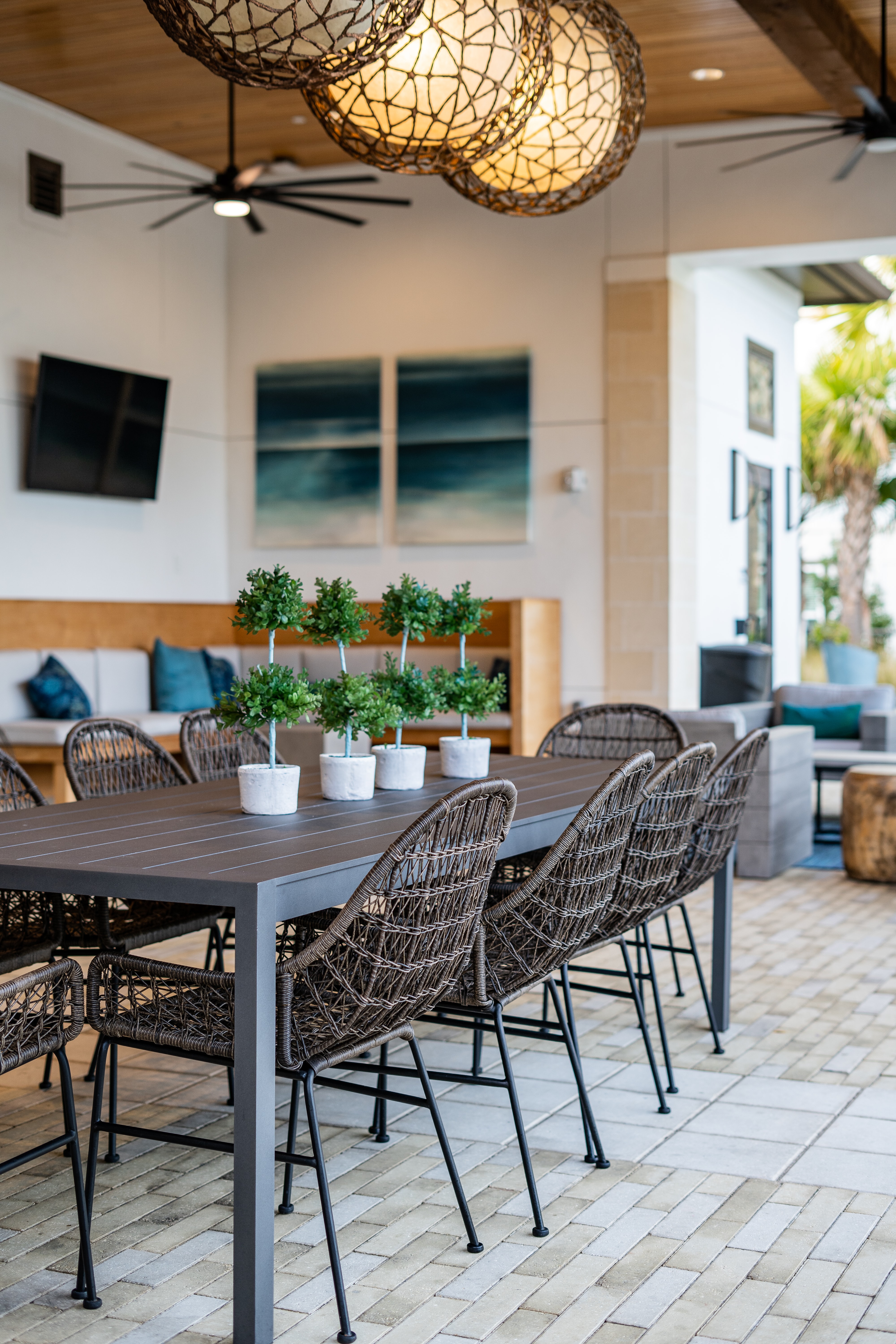
Photo by David Hunter on Unsplash
Natural ventilation could be enough to keep your home cool, depending on the climate – although other solutions may need to be added (see below) – and is an eco friendly solution. Ventilate the house at night by opening windows to let fresh air in and warm air out. Natural ventilation should always be combined with strategies that keep heat out of the house such as insulation, landscaping that creates shade for the house, and keeping doors and windows closed and pulling down shades on hot days.
You can add in options such as ceiling and window fans plus freestanding fans as necessary. These use relatively little electricity, according to Energy Saver. A ceiling fan is the best option for making a room feel cool, and can also be combined with air conditioning as it will allow you to raise the thermostat, saving energy.
You might need a whole house fan if your home is large, and one of these can be used instead of an air conditioner for a large part of the year in most climates. It might need to be combined with ceiling and other fans for optimum comfort, however.
A whole house fan works by bringing in air through open windows and has an exhaust through the attic and roof. Professional installation is recommended. Be cautious, too. ‘Open windows throughout the house to prevent a powerful and concentrated suction in one location. If enough ventilation isn’t provided, the fans can cause a backdraft in your furnace, water heater or gas-fired dryer, pulling combustion products such as carbon monoxide into your living space,’ warns Energy Saver.
4. Try smart controls
Running your AC day and night can cause havoc on your energy use (and bills). This is where smart AC controllers can play a big role, says Bariyah Faisal of Cielo WiGle, Inc., a smart home company that's focused on heating and cooling.
'Smart AC controllers give your mini-split, window, or portable heat pump smart capabilities. They connect your AC to the internet, allowing you to control your unit from anywhere in the world,' she explains. 'They manage your home's temperature and humidity levels based on your desired settings, and you can set daily or weekly cooling schedules depending on your routine.'
Additionally, these smart controllers can help you conserve energy by allowing you to turn off your AC remotely if you forget to do it before you leave the house, or you can use a geo fencing mode so that it turns off automatically once you leave your set location. Smart AC controllers can also send you monthly reports about your energy usage patterns. Being able to understand your usage helps you make the required changes and reduce AC costs.
5. Opt for an evaporative cooler
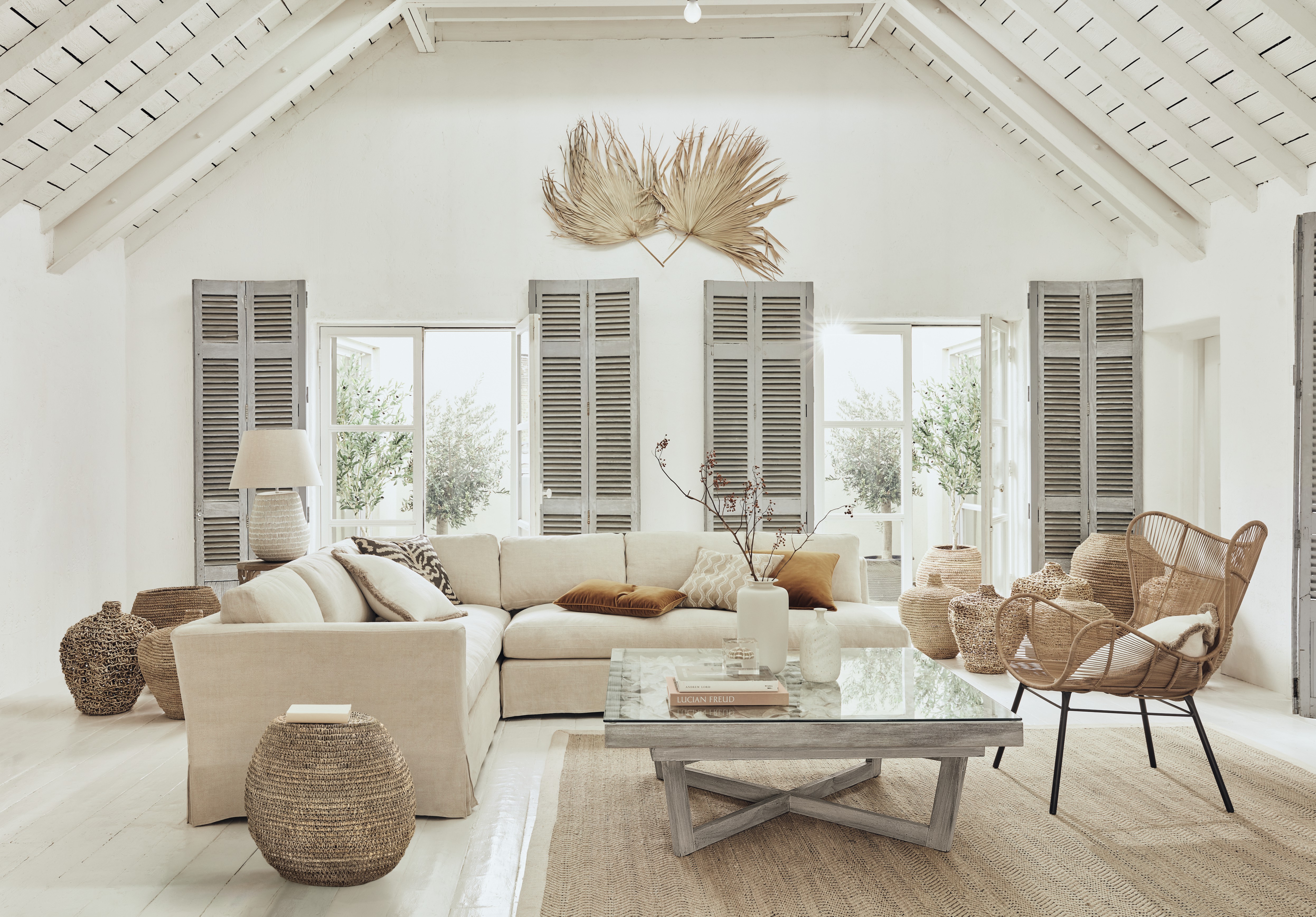
If you live somewhere with low humidity, an evaporative – or swamp – cooler can be an effective and energy efficient choice, and therefore a more eco friendly way to keep the temperature in your home comfortable. In fact, one of these uses around a quarter of the energy of a central air conditioner, according to Energy Saver.
An evaporative cooler passes hot outdoor air over water-saturated pads so its temperature drops. A fan blows this cool air into the house, and warmer air is pushed out through the windows, which need to be partially open. Instead of blowing the air into a central part of the house, it could be connected to ductwork to channel the air to individual rooms. The latter system is essential for a large house, although the former could suit a smaller home with an open layout.
Bear in mind that evaporative coolers require regular maintenance that exceeds that of air conditioners. They also use water, which might be an issue where you live.
6. Use a heat pump
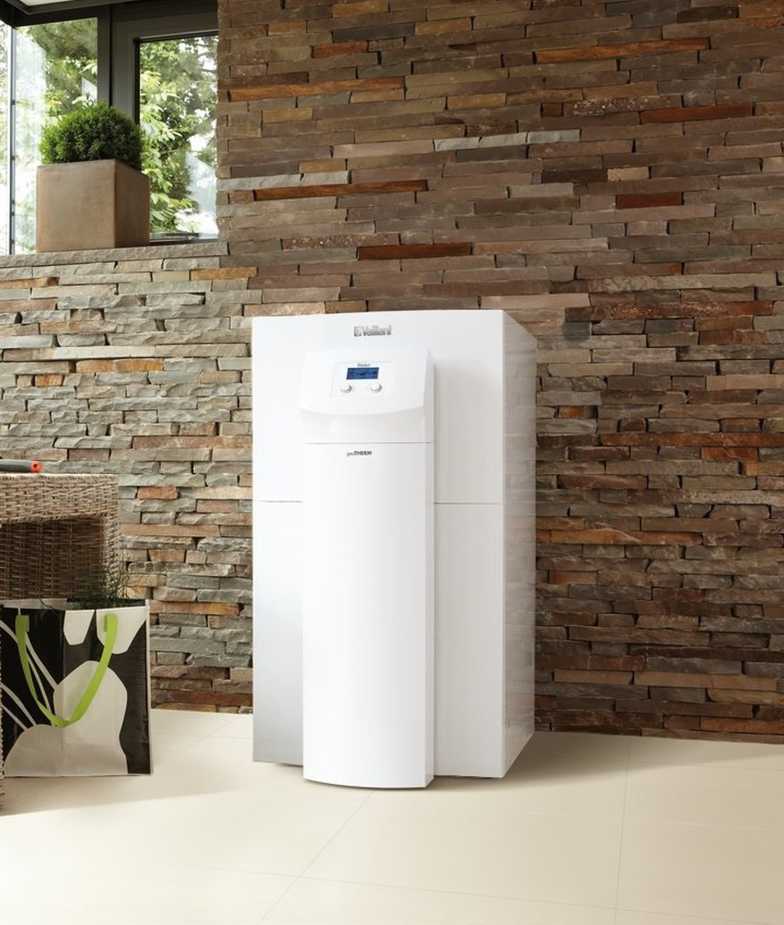
If you’re considering switching to a heat pump as an eco heating option, you’ll be glad to know that it can also provide energy efficient cooling for your house. Both air source and geothermal heat pumps can cool as well as heat a home.
‘Ground source heat pumps are more energy efficient than traditional central AC systems,’ says Steve Dunn. ‘They can operate in any climate, because of the earth’s constant temperature underground (ranging from 45º to 75º F depending on location). GHPs can cut energy bills by up to 65 per cent compared to traditional HVAC units.’
When you’re selecting a heat pump, look at the Energy Guide label, which will show you the cooling efficiency, given as a seasonal energy efficiency ratio (SEER). This is the total heat removed in the annual cooling season in British thermal units (Btu) divided by the total electrical energy consumed by the heat pump during the same season in watt-hours.
As with other eco house choices, look for an Energy Star label to identify the most eco friendly choices whether you’re opting for an air source or a geothermal heat pump.
What is an eco air cooler?
An eco air cooler is a cooler that works through evaporative cooling – pumping water up and on to a cooling pad; as hot air passes over the pad, the water in it evaporates, leading to cooler air flow from the appliance.
What is the most eco friendly heating and cooling system?
Geothermal heat pumps are the most eco-friendly heating and cooling systems, according to the Environmental Protection Agency.
Sign up to the Homes & Gardens newsletter
Design expertise in your inbox – from inspiring decorating ideas and beautiful celebrity homes to practical gardening advice and shopping round-ups.

Sarah is a freelance journalist and editor. Previously executive editor of Ideal Home, she’s specialized in interiors, property and gardens for over 20 years, and covers interior design, house design, gardens, and cleaning and organizing a home for Homes & Gardens. She’s written for websites, including Houzz, Channel 4’s flagship website, 4Homes, and Future’s T3; national newspapers, including The Guardian; and magazines including Future’s Country Homes & Interiors, Homebuilding & Renovating, Period Living, and Style at Home, as well as House Beautiful, Good Homes, Grand Designs, Homes & Antiques, LandLove and The English Home among others. It’s no big surprise that she likes to put what she writes about into practice, and is a serial house renovator.
- Kaitlin MaddenExecutive Editor, Homes & Gardens
-
 How to clean a patio – 6 different methods, and when you must use a chemical cleaning agent
How to clean a patio – 6 different methods, and when you must use a chemical cleaning agentFrom manual scrubbing, natural solutions or calling in the pros, industry experts reveal the benefits and considerations of each method
By Andy van Terheyden Published
-
 Kris Jenner's favorite air fryer, the Ninja Crispi, is the perfect small kitchen solution – it deserves a place on the most compact of countertops
Kris Jenner's favorite air fryer, the Ninja Crispi, is the perfect small kitchen solution – it deserves a place on the most compact of countertopsKris approves of this compact yet powerful air fryer, and so do our own kitchen appliance experts, praising it for its multifunctionality
By Hannah Ziegler Published
-
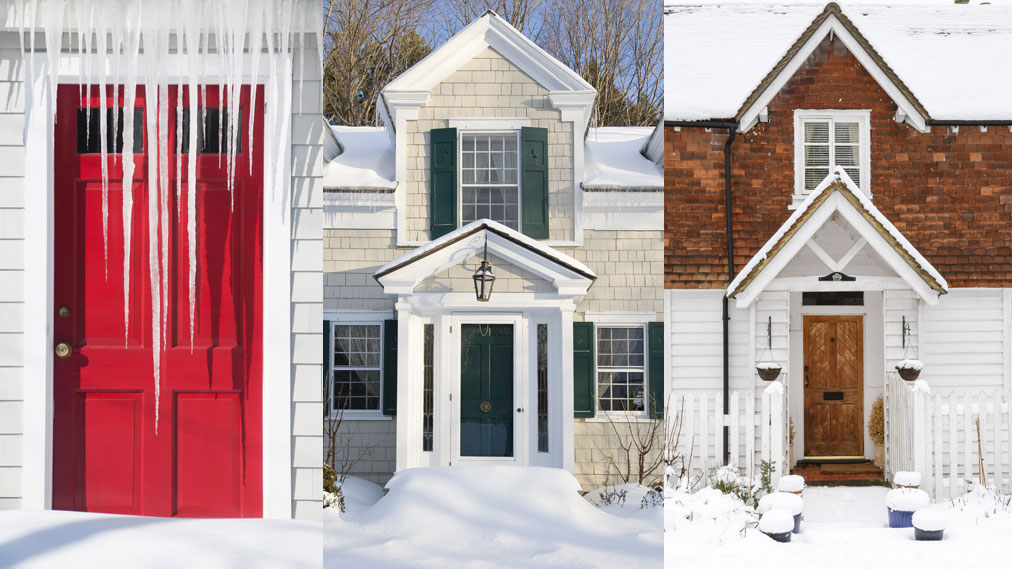 10 ways to winterize a house – get your home ready for winter
10 ways to winterize a house – get your home ready for winterThese simple ways to winterize a house will help you get your home ready for the inclement weather
By Holly Reaney Last updated
-
 Eco-friendly building materials – discover the green options
Eco-friendly building materials – discover the green optionsHere are the products to look out for if you’re committed to using eco-friendly building materials in your remodel
By Sarah Warwick Published
-
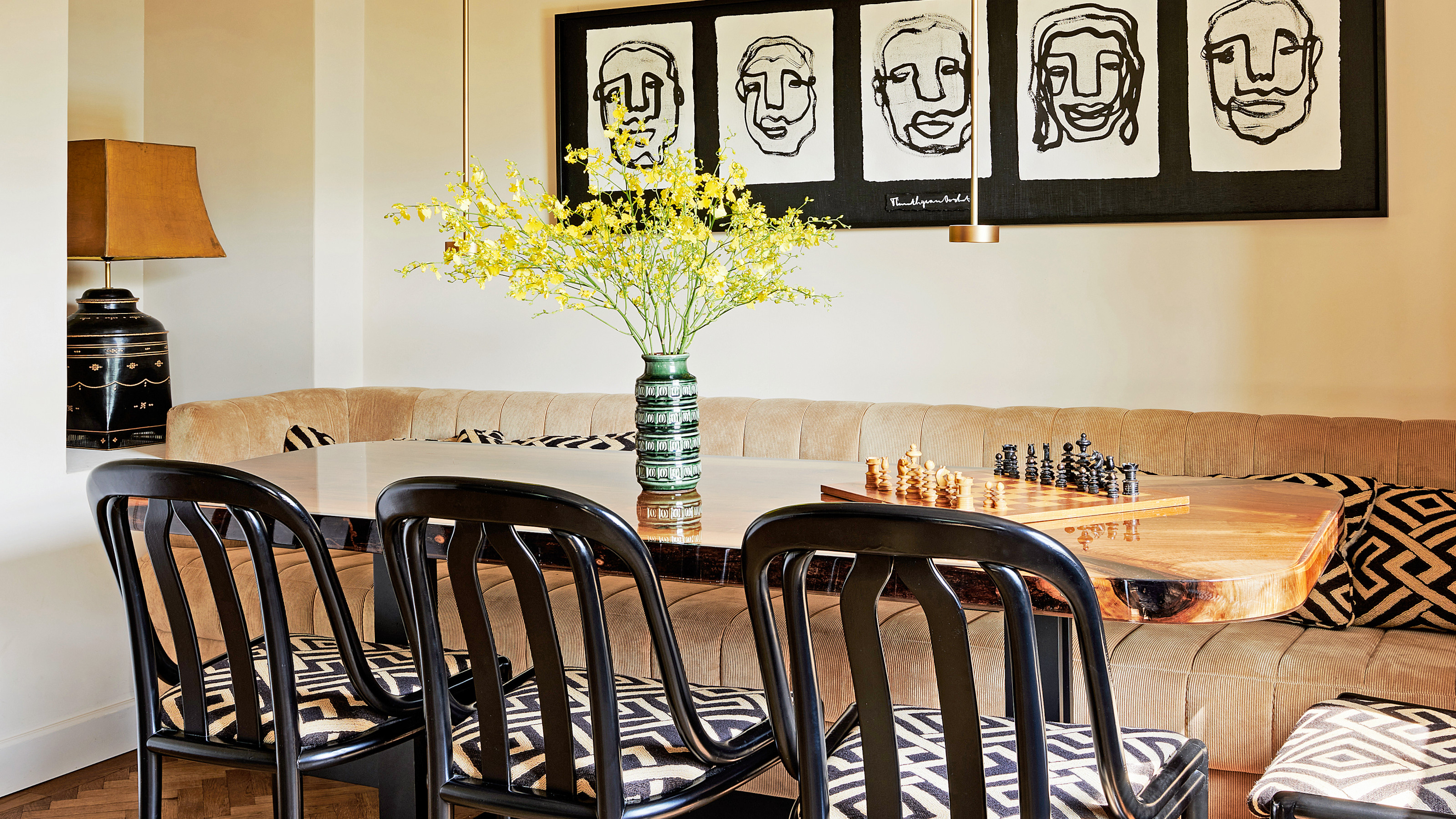 This Dutch farmhouse combines country charm with an eco outlook
This Dutch farmhouse combines country charm with an eco outlookNow a country idyll, this once crumbling farmhouse was transformed by a large-scale renovation that preserves the property's past as well as future proofing it
By Vivienne Ayers Published
-
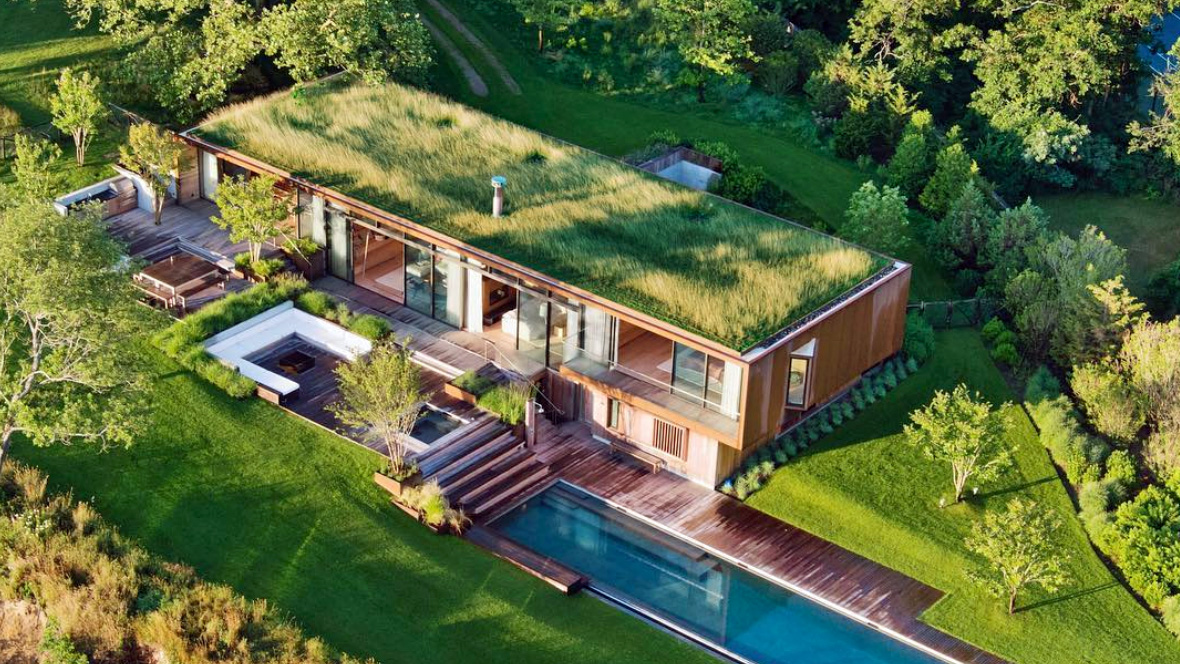 Eco houses – 7 most beautiful sustainable builds, from forest dwellings to city homes
Eco houses – 7 most beautiful sustainable builds, from forest dwellings to city homesThese are some of the world's most coveted eco houses, beautiful homes designed by architects with their gaze firmly fixed on sustainability
By Lucy Searle Published
-
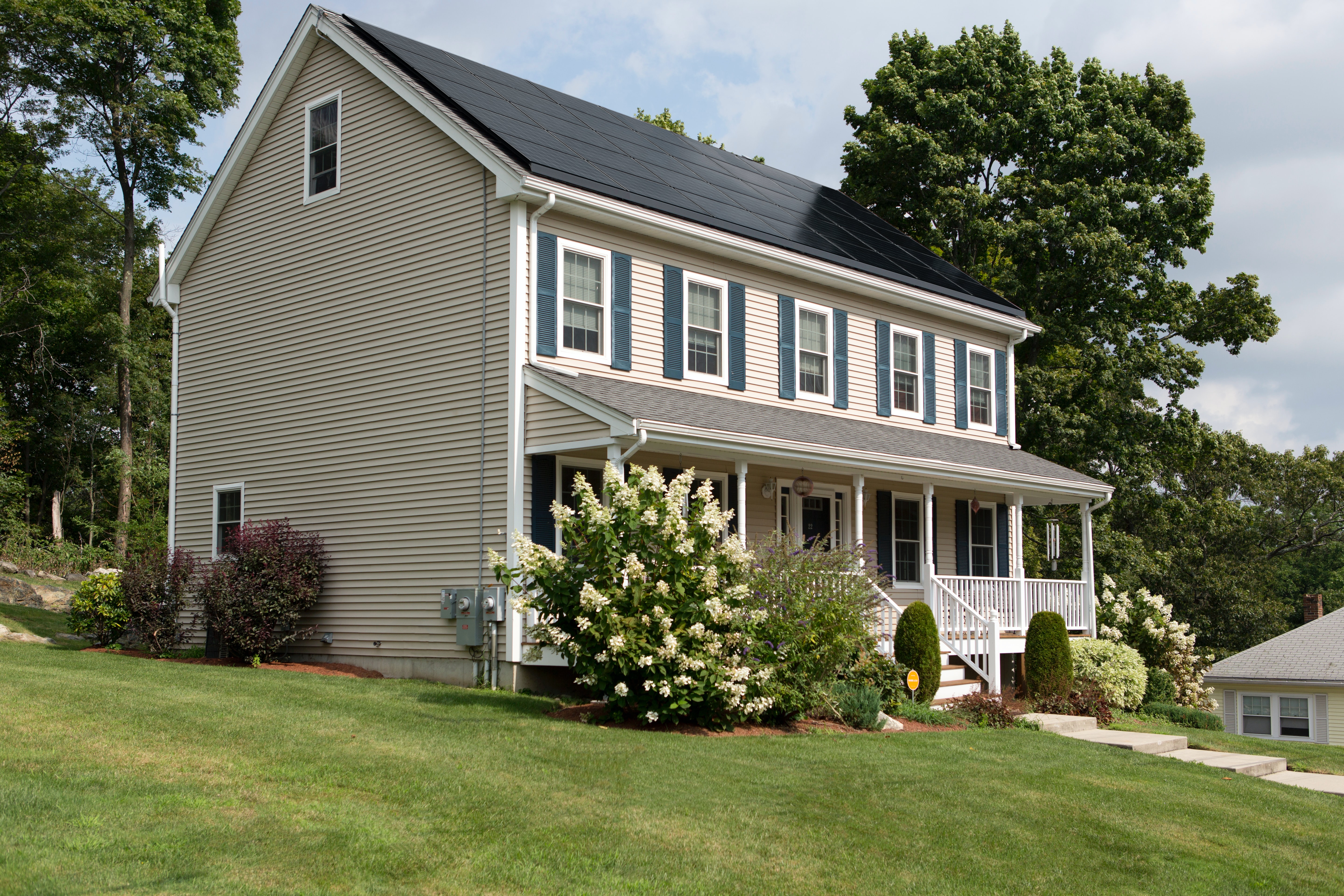 Solar panels: a complete guide to making your own home energy
Solar panels: a complete guide to making your own home energyFind out about the different solar panels – available and how they can save you energy as well as cash
By Sarah Warwick Published
-
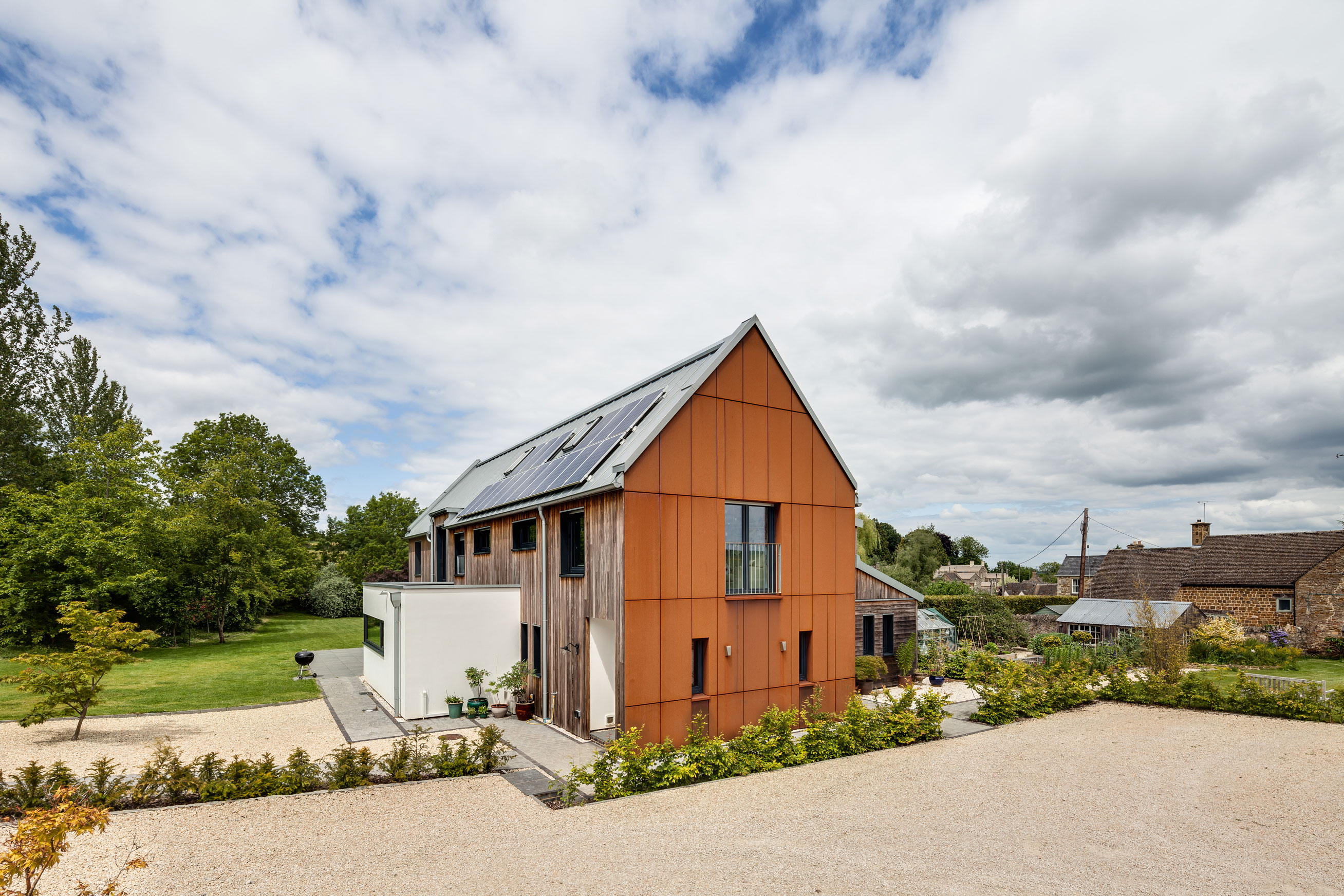 Eco home improvements: how to make your house greener
Eco home improvements: how to make your house greenerDiscover heating, cooling and clean energy solutions for your home plus eco-friendly product choices
By Sarah Warwick Last updated
-
 Eco heating – from heat pumps to boilers and furnaces
Eco heating – from heat pumps to boilers and furnacesFind out about the eco heating options that can make your home greener and reduce bills
By Sarah Warwick Last updated
-
 Are these Japanese-inspired, energy-efficient homes the future of homebuilding?
Are these Japanese-inspired, energy-efficient homes the future of homebuilding?These new developments aim to prioritize green space, community and good design
By Jennifer Ebert Published